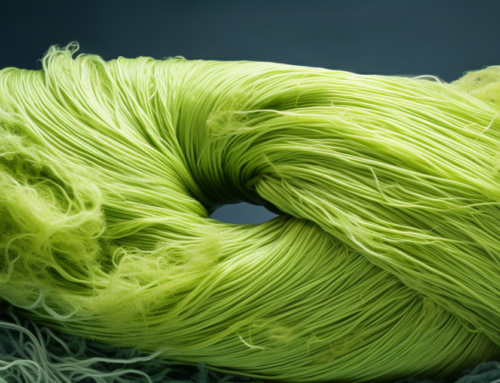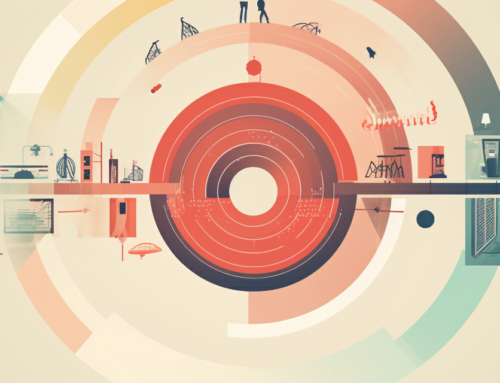Compostable Cutlery Going Mainstream
I was speaking to someone about our work at Circular Design Co, and my interests that led to the project. They asked me how compostable cutlery and packaging hit the mainstream and I thought that was a really good question – traditional plastic cutlery and packaging is so cheap, so how did a more premium option (compostable) become the choice so many food vendors are willing to offer?
If you’re not already aware, the problem with plastic is that it’s made to last forever, and a particular challenge is with single-use plastic, which is made to be disposed of upon use. The transition to biodegradable and compostable plastics is thanks to “bioplastic”, meaning it is made from plants versus fossil fuels and ultimately less harmful to the environment, both in how it is produced, and if it is polluted.
The short answer is that disposable cutlery manufacturers, like Dow, are expanding facilities and acquiring compostable cutlery and packaging brands, innovations, and materials to maintain a competitive advantage. And it helps that the fast-growing quick-service restaurant mega-chains, like McDonald’s, are driving the scale-up of compostable cutlery and packaging. The focus on sustainability is in response to consumer concerns and in anticipation of impending legislation that will regulate packaging reduction and pollution prevention.
However, the circular system for compostable plastics is not in place. At least in the US, compost is not readily available in most places. Most often, compostable plastics are not composted after use (see NYT article, “Is Your Salad Habit Good for the Planet”), and when they go into the waste bin, they can’t decompose in the landfill without air (see Atlantic article, “Compostable Plastic Is Garbage”).
In the US, the current infrastructure for composting food scraps is lacking. Commercial composting hasn’t scaled up due to costs and the funding for programs and pick-up is limited. Initiatives that have spawned in large cities have not spread to the suburbs. Although most homeowners with backyards could set up their own compost, it’s still perceived as gross and difficult. Bans will likely be what increases participation, but we’re not there yet.
So, although compostable cutlery and packaging may be safer for the environment, it’s not yet a fully circular solution. Once it is, compost will provide a much better solution for compostable cutlery and packaging versus recycling or landfill because the food residue on cutlery and packaging can be composted, whereas recycling needs to be cleaned, and the plastics they’re made from are generally difficult to recycle.
Labeling and education will be key to success in adoption. Just last month, the Center for Climate Integrity launched a new report (see “The Fraud of Plastic Recycling”) portraying the deception of the plastics industry and their awareness of mislabeling and recyclability. It details how manufacturers claim plastics are widely recyclable, but how less than 10% of plastics globally are actually recycled due to diverse chemical makeups making it impossible to commingle and feasibly recycle most plastics.
In light of this larger question of the adoption, scale and challenges with sustainability, I’ve also been mulling over the New York Times article about two climate researchers at Stanford who disagree on the role of funding from oil and gas (see “He Wants Oil Money Off Campus. She’s Funded by Exxon. They’re Friends.”). From both sides, you see capital as a lever for change: he wants Stanford to divest from fossil fuels, while her impact work is being funded by the very industry.
They agree on establishing guidelines for engagement (in an open letter) for how Stanford engages with fossil fuel companies. Their call is for a credible plan in transitioning away from fossil fuels to renewable power, providing transparent data, and taking formidable steps to curb emissions.
At Circular Design Co, our work is in finding better alternatives to the status quo. The transition to scale will take time, and starts with taking action. We are accelerating the transition to a circular economy by educating and advising designers, makers, builders, investors and networks on the effective use of innovative, sustainable materials and connecting supply chain gaps. Not just replacing materials in products, but utilizing circular end-of-life solutions.








